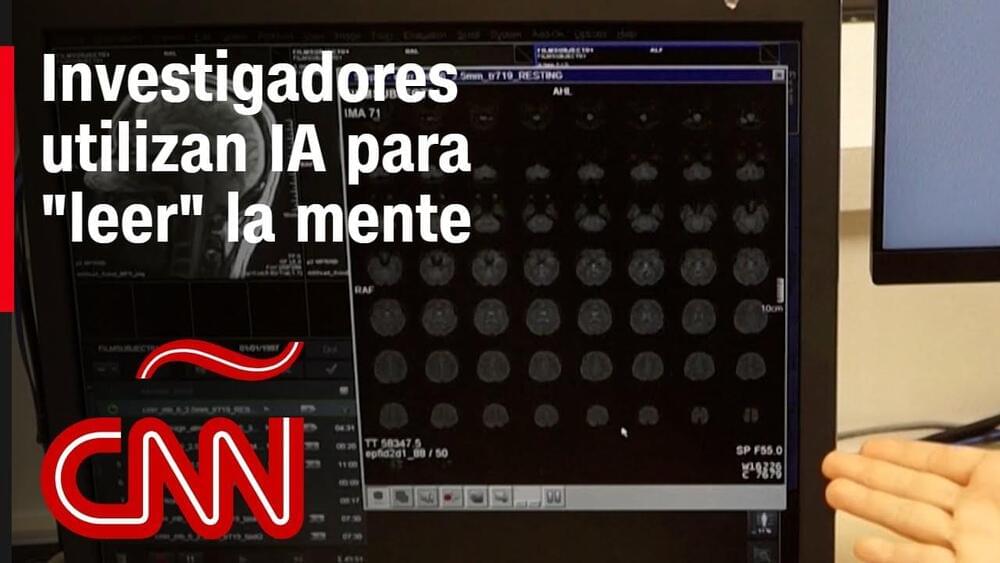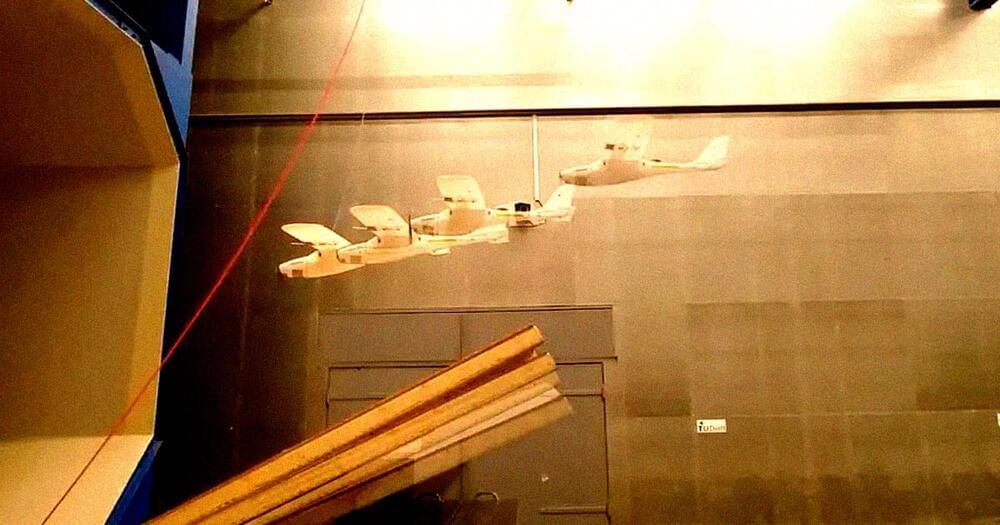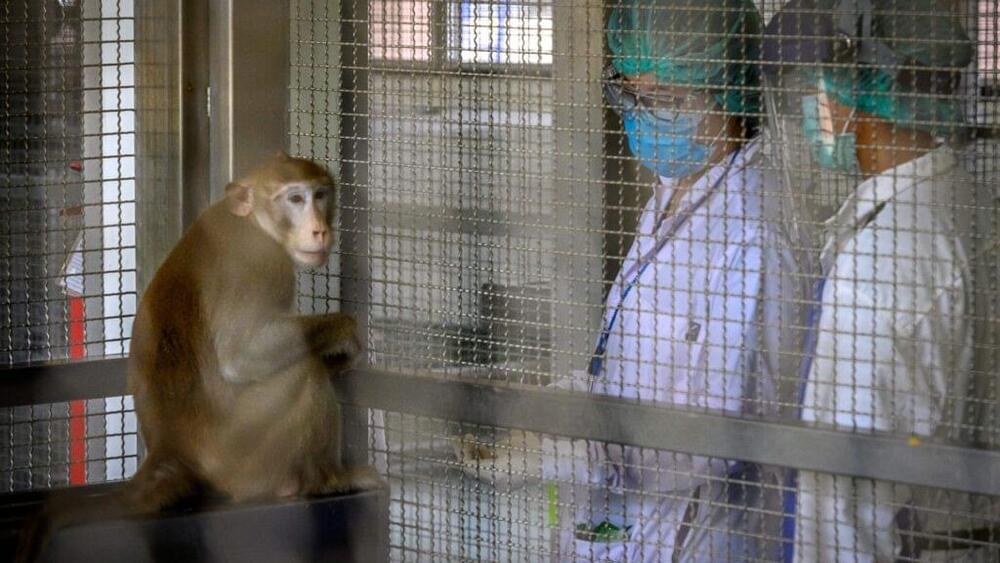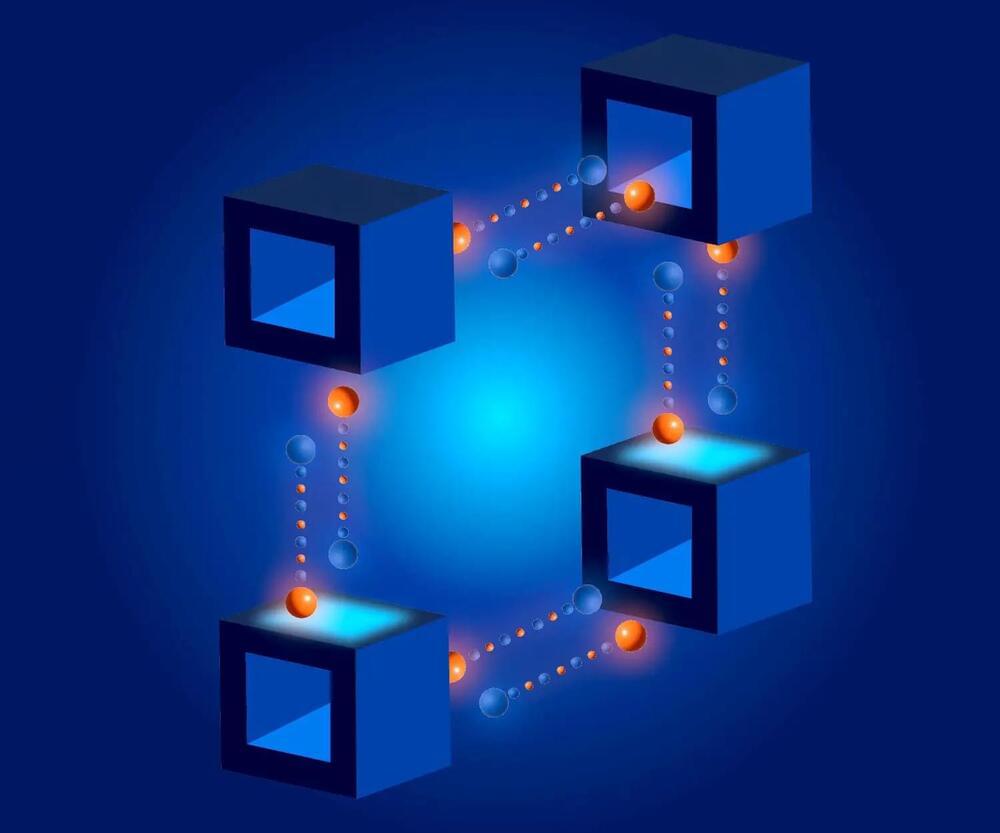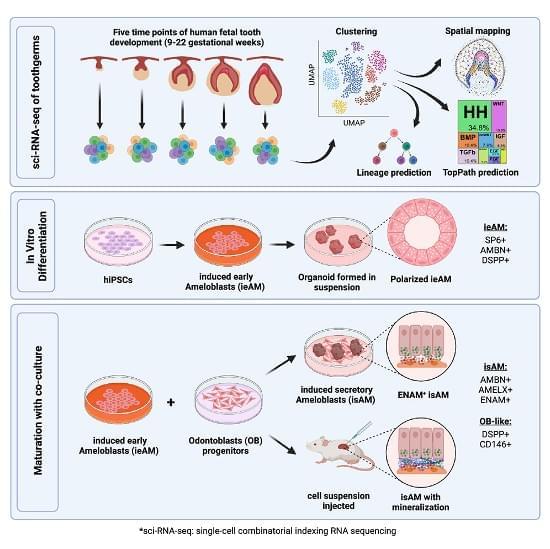Superconductivity promises to transform everything from power grids to personal electronics. Yet getting the low-waste form of power to operate at ambient temperatures and pressures is proving to be easier said than done.
A discovery by a team of researchers from Emory University and Stanford University in the US could inform theories that might help us get around the stumbling blocks.
The finding involves what’s known as oscillating superconductivity. Typical superconductor behaviors involve electron partnerships called Cooper pairs moving through materials without losing significant amounts of energy in the form of heat.

